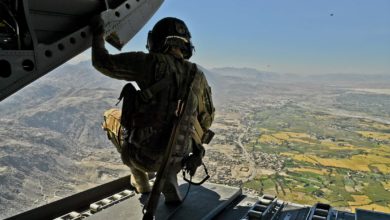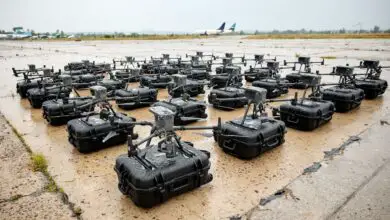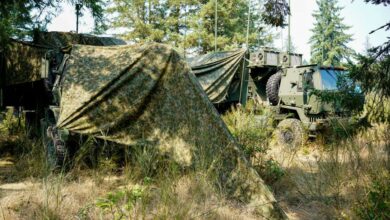The US Army is seeking to develop inexpensive land-based and handheld systems to counter small unmanned aircraft systems (sUAS), according to a request for information (RFI).
The army specified that the ground-launched system should not have “inflight terminal guidance” and should be able to defeat single or multiple sUAS.
The request further stated that the system should be without “ground emitted cyber or electronic attack through radiofrequency waves,” and should cost less than $15,000 per unit.
Cheap and Lightweight
The handheld system under request should be attached to a weapon or user while conducting “dismounted operations.”
The army has set the maximum cost of the handheld system at $37,000 while the maximum weight should not exceed 24 pounds (10.8 kilograms).
10 Prototypes to Be Selected
A maximum of 10 systems will be selected in the process, and their makers may be asked to build prototypes following a demonstration and review in September 2021.
Request criteria specify that prototypes include “not only commercially-available technologies fueled by commercial or strategic investment, but also concept demonstrations, pilots, and agile development activities that can incrementally improve commercial technologies, existing government-owned capabilities, or concepts for defense application.”
Producers of the successful prototype will negotiate a follow-on production contract without further competition.
DoD Counter-Small Drone Strategy
The Pentagon has long acknowledged the threat posed by small drones. In January, the Department of Defense (DoD) published its strategy, involving a multi-pronged approach to defeating the threat.
The new plan of action focuses on the three strategic objectives of readying the force, defending the force, and building the team:
(1) Enhance counter-sUAS capabilities “through innovation and collaboration.”
(2) “Develop material and non-material solutions that facilitate the safe and secure execution of DoD missions and deny adversaries the ability to impede our objectives.”
(3) “Build and broaden relationships with allies and partners to protect our interests at home and abroad.”
Future Threats
Speaking on the release of the strategy, Major Gen. Sean Gainey, director of the Pentagon’s Joint Counter-sUAS Office, pointed out that most solutions aim to sever the link between a remotely piloted drone and its operator, Seapower Magazine reported in January.
“But where we see the threat going in the future,“ he said, is toward “autonomous, massing swarming capability, [drones] integrating AI [artificial intelligence] and potentially leveraging 5G” cell phone technology.











